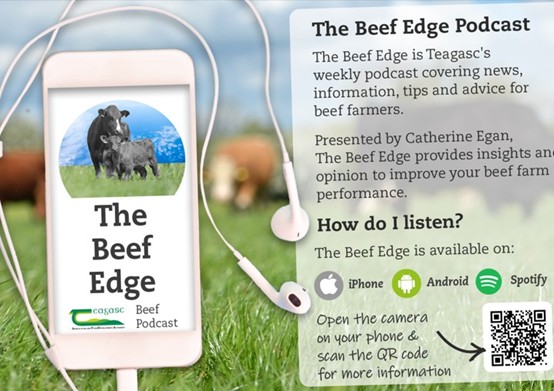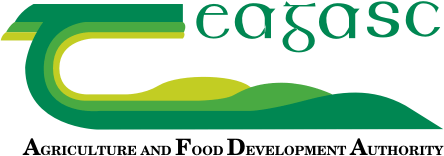October 2025 Future Beef Newsletter
Sign up to receive the Teagasc Future Beef Newsletter
Dr. Peter Doyle, Derrypatrick Herd, Teagasc Grange
Shane Keaveney – Farm Update | Technical Update: Autumn Rotation Planner – Why October Grazing Matters | Technical Update: Winter Dosing Regime for Beef Farms | Technical Update:Tax Planning for Irish Beef Farmers 2025 – How to Cut Your Bill and Keep More Profit | Upcoming Events | Reminders | Top Tips for October | The Beef Edge Podcast
Upcoming Events: Getting Winter Ready Walks
- Fri 3rd Oct at 11am: John Barry’s farm, Newtown, Nenagh, Co. Tipperary, E45 A259
- Weds 8th Oct at 6pm: Newford farm, Athleague, Co. Roscommon, F42AH57
- Weds 8th Oct at 6.30pm: Ed Curtin’s farm, Meelin, Co. Cork, P51 WV12
Reminders:
- 31st October: Ensure at least 65% of your SCEP reference number are eligible 4 or 5-star Replacement Index females. Check SCEP eligibility profile on ICBF.
- 1st November: SCEP weights for calf and dam pairs must be recorded on ICBF by this date.
- 27th November: Last day to post genotype samples to ICBF for the Replacement Strategy action for 30th November deadline
Top Tips for October
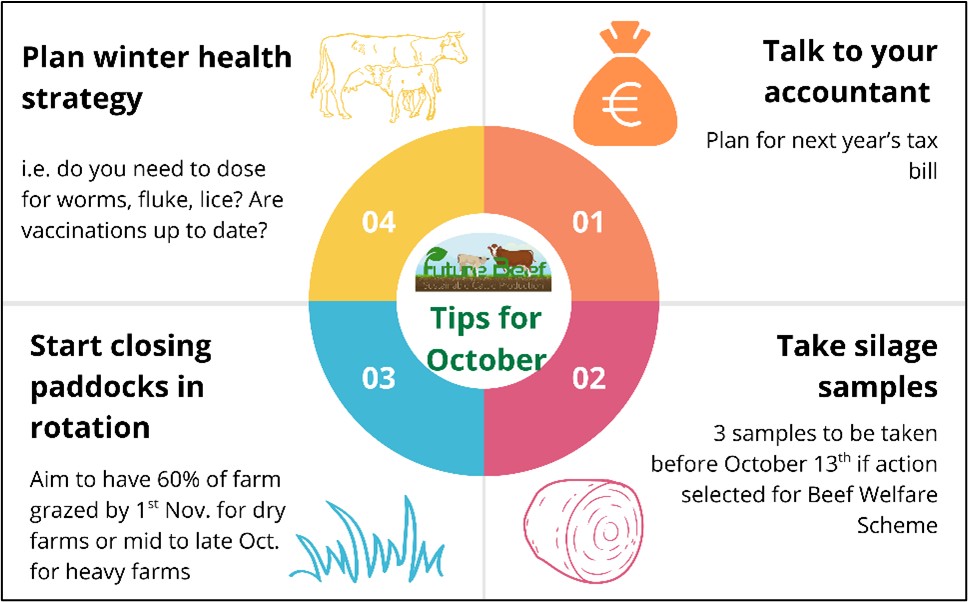
Farm Update – Dr, Peter Doyle, Derrypatrick Suckler Herd, Teagasc Grange
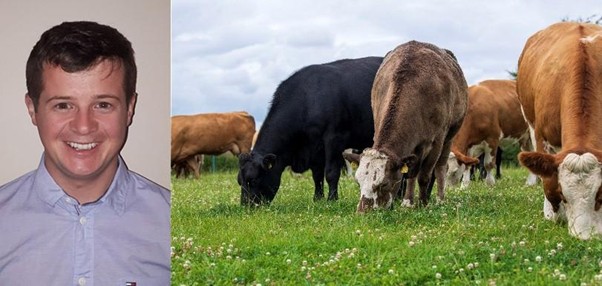
Peter Doyle pictured beside some of the suckler cows at Grange
The Derrypatrick herd in Teagasc Grange is an 80 cow suckler calf to beef herd. The farm is stocked at 170 kg organic N/ha (2.2LU/ha). As part of the experiment, all progeny (steers and heifers) are slaughtered off pasture with no concentrates at 19-20 months of age. The herd is currently evaluating the impact of pasture type (grass-only vs. grass-clover pastures) and sire maturity (Abderdeen Angus vs. Charolais) on animal and herbage production as well as economic and environmental sustainability.
Breeding season 2025
The breeding season began on 1st May 2025 and ran for 9 weeks using 100 % conventional AI. Results were as follows:
- 90 % in calf
- Of those in calf 85 % are calving in the first 6 weeks
- 57 % conception rate to 1st
- 3 set of twins
Calf performance and weaning.
The average date of birth of the calves is 5th March 2025. All dams are Limousin x dairy cows (milk PTA = 10kg and carcass PTA = 10 kg). At the start of September:
- Female calves were weighing 275 kg, achieving 1.25kg/day.
- Male calves were weighing 295 kg, achieving 1.37 kg/day.
There is currently a very good grass supply on the farm (25 days ahead) and the aim is to keep calves on the cows until the middle of October (if weather allows) and gradually wean the calves from mid-October to the start of November. At weaning a quarter of the cows is removed from each group every 5 days, thus, weaning is completed over 3 weeks. Cows are brought inside and dried off. Cows may return to pasture depending on grass supply. Post-weaning we aim to keep the calves out until the 1st December if weather and grass supply allows. If the grass gets very lush and low in dry matter we often introduce some hay for the weaned calves in order to improve rumen function. 1kg concentrates/head day was fed pre- and post-weaning.
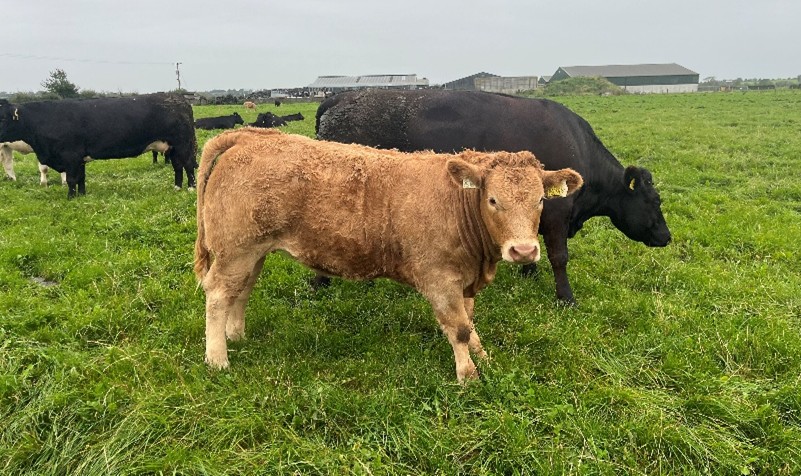
Whitecliffe Orwell heifer calf with her dam
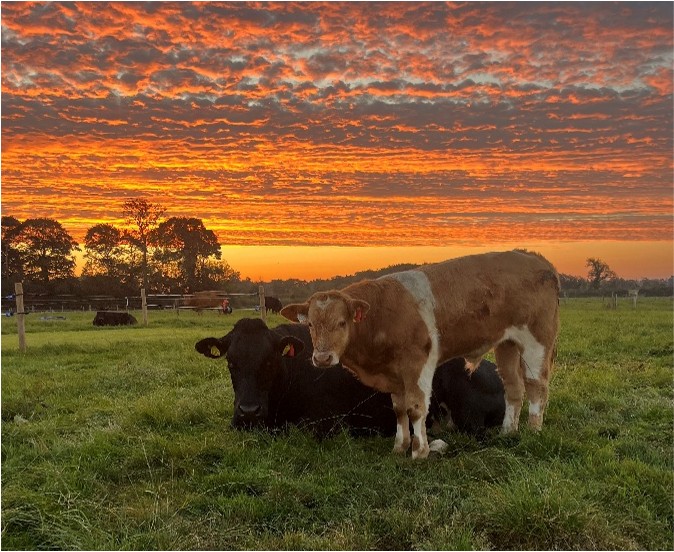
An April-born Goldstar Ludwig calf with his dam
Steers and heifers
Steers and heifers have been at pasture since the 1st week of March. On the 4th September:
- Heifers were 550 kg achieving 0.72 kg/day
- Steers were 600 kg achieving 0.82kg/day
For experimental reasons both groups will be finished off pasture in mid-October at 19 months of age with no concentrates. However it is acknowledged at current market prices it would be economically viable to supplement cattle with concentrates at pastures assuming an 8 kg concentrates : 1 kg carcass gain response for suckler bred steers at pasture (i.e. costs €.2.80/kg carcass gain at €350/t for concentrates).
Last year (October 2024) there was an 18 kg carcass weight difference at finishing between grass-only and grass-clover fed cattle. The cattle being finished this October will undergo the same evaluation.
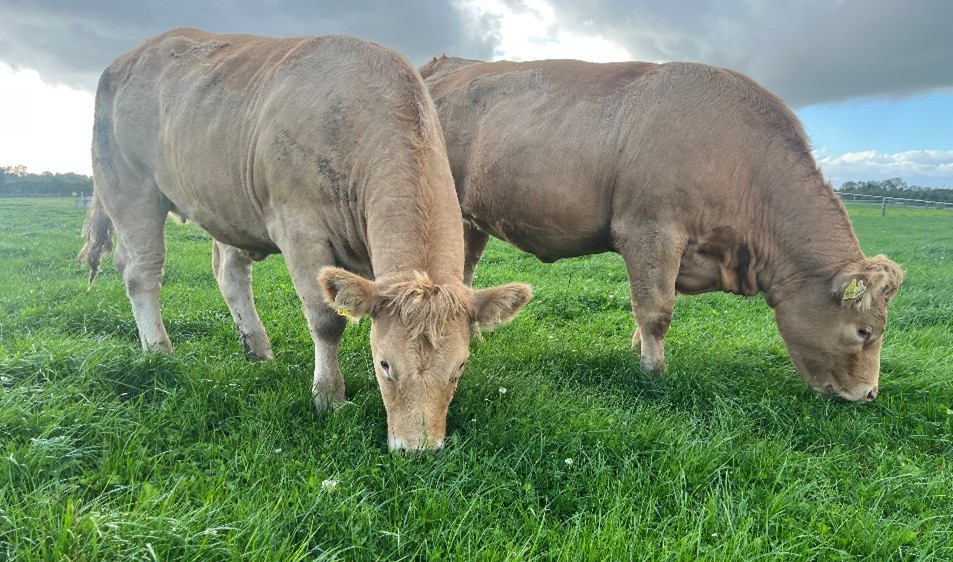
18-month old Charolais heifers grazing grass-clover swards
Over-sowing white clover and reseeds
It has been a good year for grass growth and for establishing new clover through oversowing in Meath. Clover was oversown in selected paddocks in April and May and these paddocks have being grazed at covers of ca. 1000 kg Dm/ha since sowing. The establishment stages of white clover is outlined in the below figure. Stolon development is only beginning on this newly established clover and it is essential that a low cover is carried over the winter for these fields to prevent shading out the young clover. More information on oversowing white clover is available here.
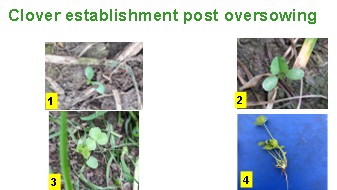
Environmental measurements
In 2025, as part of Sarah Armstrong’s studies with RumenVentory (DAFM funded project), a seasonal distribution of enteric methane production was measured on all suckler cows and calves and replacement heifers in order to get country specific enteric methane values for our suckler grass-based system.
As part of Peter Bennett’s studies, soil nitrate leaching will be measured across grass-only and grass-clover paddocks using ceramic cups.
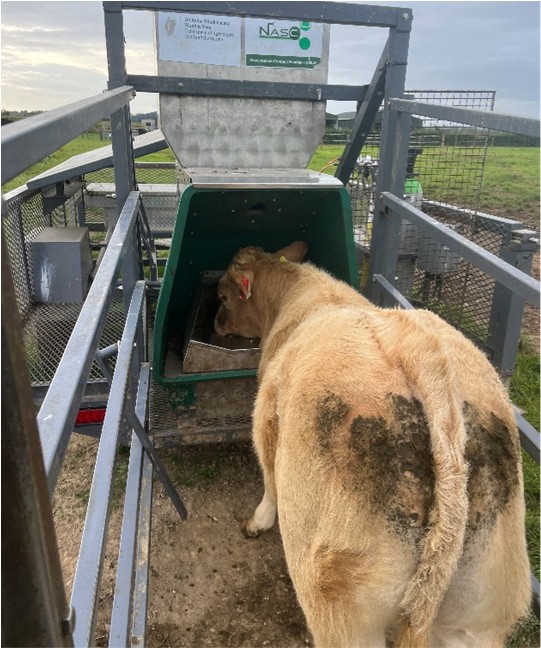
A Whitecliffe Orwell calf using a greenfeed machine to measure enteric methane production
Acknowledgements
This experimental work is being carried out by Peter Bennett and Sarah Armstrong as part of their post-graduate studies within the Walsh Scholarship programs funded by Teagasc and the Department of Agriculture food and the Marine (DAFM), respectively. We would like to thank all the technicians and farm staff at Teagasc Grange for their assistance with this experimental work.
Watch the video below, where Peter demonstrates the carcass traits of a finishing heifer, and also shows the trial equipment in use:
Farm Update: Strong Scanning Results and Scheme Progress for Shane Keaveney’s Herd This Autumn
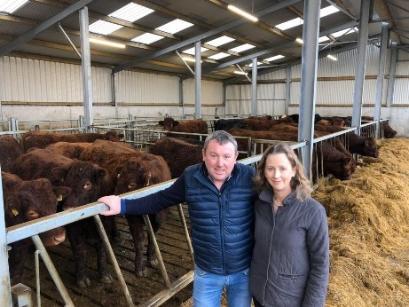
Shane and his wife Gráinne
Shane’s suckler herd is progressing well this season, with positive scanning results from his heifers. Seven out of eight heifers are confirmed in calf to the new Saler bull, with just one empty due to a reproductive issue. In total, 35 cows were bred this year and were scanned in mid-September. 34 out of the 35 cows are due to calve in spring 2026. The empty cow will be weaned and sold from the farm before the herd are housed.
This autumn, scheme compliance remains a priority. Shane has applied for the 2025 Beef Welfare Scheme and committed to several actions. These include meal feeding calves at 1kg per day for four weeks pre-weaning and 2kg per day for two weeks post-weaning, FEC sampling (two samples a month apart before October 13th), and a full vaccination programme. The suckler calves are already protected against IBR, RSV, Pi3, and Mannheimia, helping to reduce disease risk at weaning and housing.
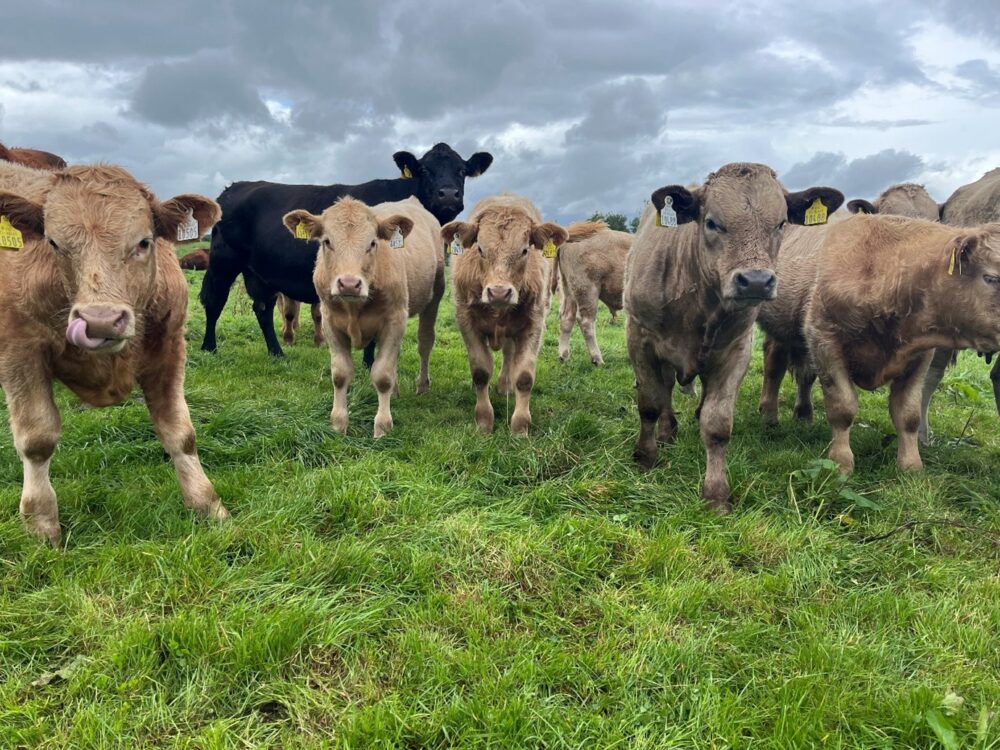
The suckler calves are prepared for weaning & will meet the Beef Welfare Scheme criteria
SCEP scheme deadlines are also front of mind. By 31st October, 65% of females must be genotyped 4/5 stars. Shane’s reference number is 30, meaning he needed 19 females. His ICBF profile shows 46, leaving him well ahead of target. Weighing of cows and calves was completed in August, well in advance of the 1st November deadline. The results were strong, with bulls averaging 310kg at 200 days and daily gains of 1.31kg, outperforming 2024 figures. Heifers came in slightly lighter at 262kg with daily gains of 1.09kg.
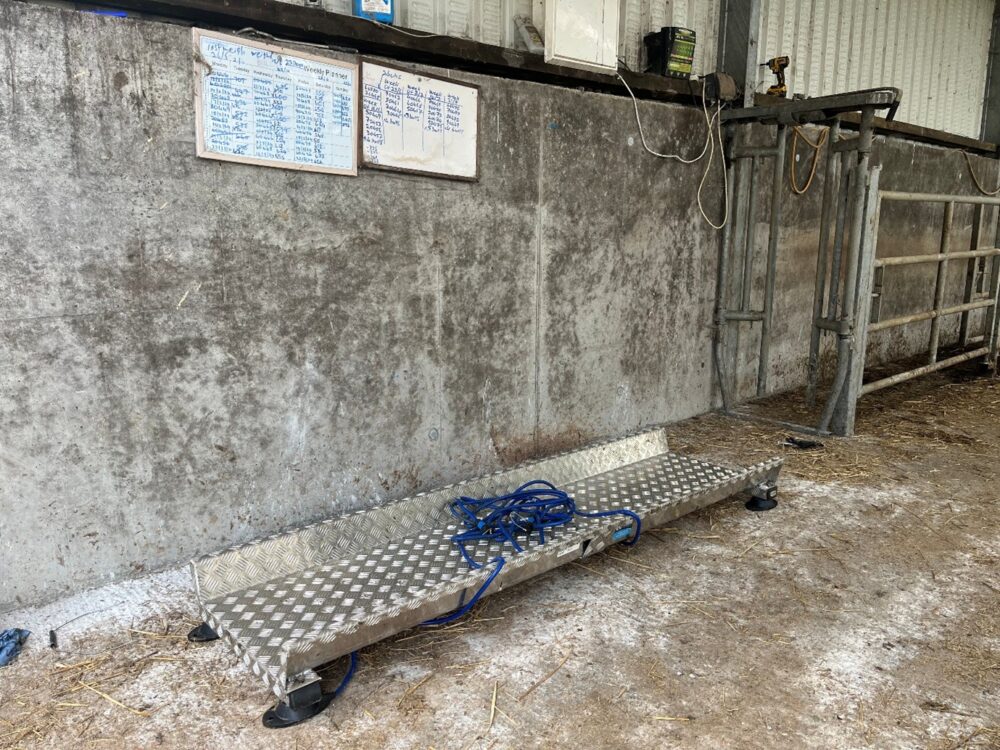
Shane invested in a new weighing scales and EID reader recently
Other scheme actions are progressing smoothly. Genotype samples are already returned through DNA calf registration, Bord Bia SBLAS membership is maintained, and surveys due by February 2026 will be completed on time.
You can read more about Shane’s herd health plans and grass management here.
Technical Update – Autumn Rotation Planner – Why October Grazing Matters
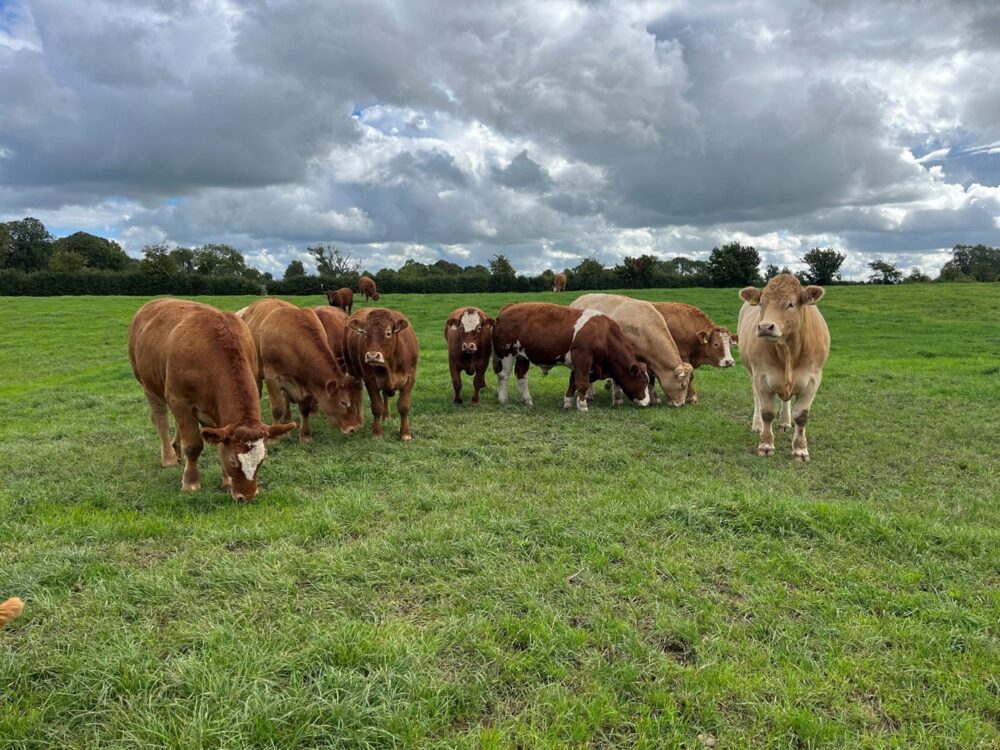
Paddocks should be grazed to 4cm on final grazing in autumn
October is the most important month in the Irish grassland calendar, and a well-managed Autumn Rotation Planner is key to setting up next spring for success. The principle is simple: close 60% of the farm by 1st November so that grass growth in autumn provides valuable covers for grazing in February and March. The remaining 40% is closed through November and grazed from April onwards.
For heavy soils, earlier action is critical – closing should start from late September and 80% should be closed by the first week of November to avoid damaged swards and poor regrowth. On dry farms, closing can start later in the second week of October. Mixed farms will fall somewhere in between. Choosing paddocks to close depends on next spring’s grazing plan: fields to be grazed first should be closed later in October to ensure lighter covers (800–1200 kg DM/ha), while heavier covers from early-closed paddocks provide bulk in March and April.
The benefits of following an Autumn Rotation Planner are clear. Every extra day at grass in spring is worth around €1.80 per cow. For a 40-cow suckler herd, a fortnight longer at grass could save over €1,000. Benefits also include healthier stock, reduced housing pressure, lower meal bills, improved cow fertility, and better-quality silage next year.
Farmers should now assess their progress: if behind target, graze lighter covers and maximise stock at grass; if ahead, slow rotation with housing or meal. Planning now ensures strong grass availability, lower costs, and more options for spring turnout.
Click here to see a template that you can use on your own farm and for more information.
Technical Update – Winter Dosing Regime for Beef Farms
Winter housing is one of the most expensive periods in beef production. Cattle are consuming silage and costly concentrates in sheds, so it’s vital to maximise animal performance. Alongside diet, animal health plays a central role, with parasites such as stomach worms, lungworm and liver fluke significantly reducing weight gain and efficiency.
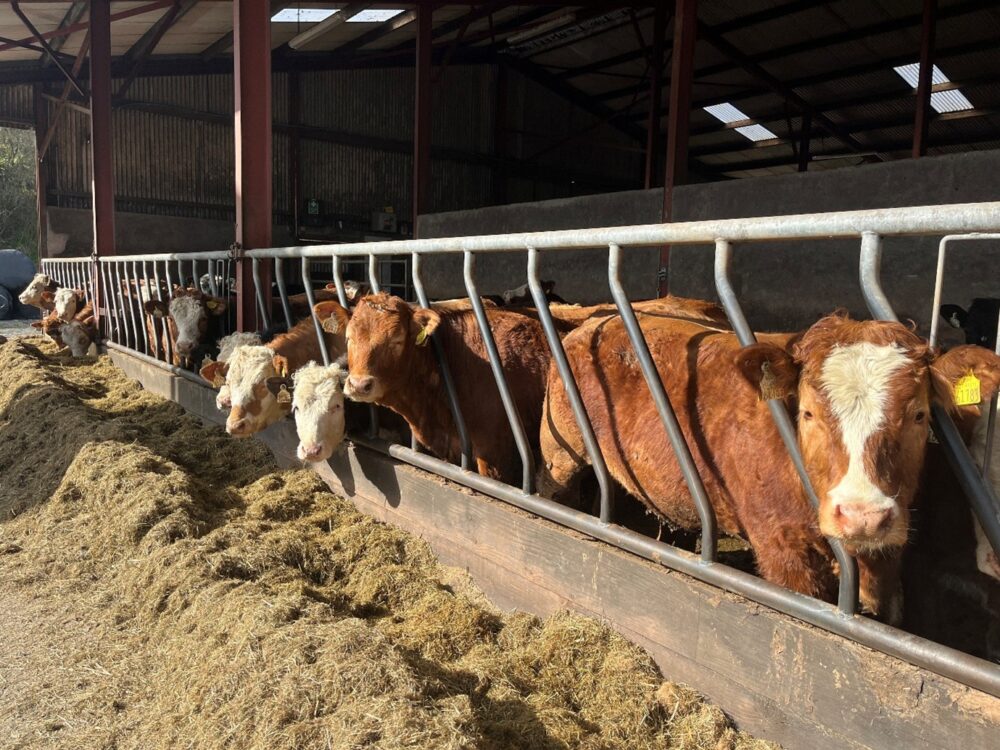
Housing offers the perfect opportunity to “clean out” stock.
Lungworm dosing should be completed at least four weeks before housing, allowing lungs to recover before cattle enter dusty sheds. Persistent wormers such as ivermectin, doramectin (Dectomax) and moxidectin (Cydectin) can provide extended cover, though farmers must check product labels carefully.
Stomach worms can be treated pre-housing or at housing, but resistance is a growing issue on Irish farms. Teagasc research shows ivermectin resistance on 100% of farms tested, with reduced efficacy also recorded in white and yellow drenches. Farmers should rotate wormer classes and confirm effectiveness with faecal egg counts (FECs).
Liver fluke control is important as it remains widespread across Ireland, but it can be field or farm specific. Product choice depends on the stage of the parasite and housing duration, from early immature to adult fluke. Farmers should also monitor withdrawal dates if finishing cattle.
Viruses such as IBR, RSV and Pi3, along with external parasites like lice and mange, can further impact winter performance. Vaccination at least one month before housing and correct use of pour-ons or injectables are key.
By combining the right winter dosing plan with good ventilation, nutrition, and biosecurity, Irish beef farmers can protect herd health, reduce losses, and secure stronger winter performance.
You can read more here.
Technical Update – Tax Planning for Irish Beef Farmers 2025 – How to Cut Your Bill and Keep More Profit
Irish beef farmers are facing higher incomes in 2025, which also means higher tax liabilities. With many drystock farms moving into the 40% tax band for the first time, forward planning is essential to protect cashflow and avoid unnecessary bills. By October 31st, 2025, farmers must file their 2024 return and make a preliminary payment for 2025, so acting now is crucial.
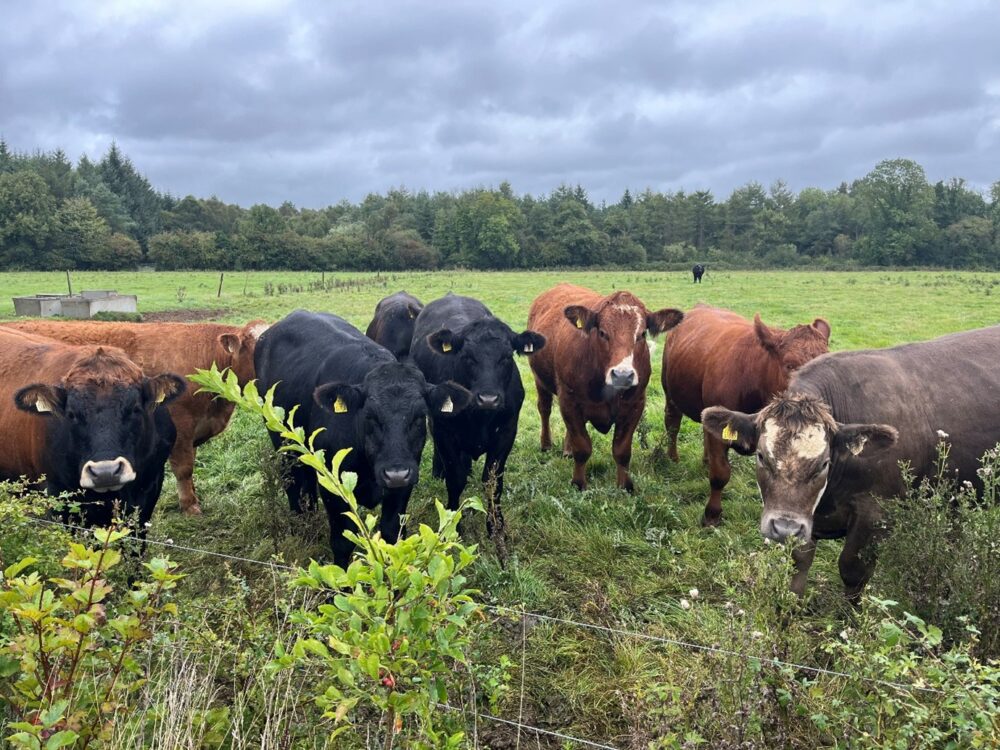
Plan smart with this year’s beef income
Key strategies for Irish cattle farmers include:
- Splitting farm income – Paying family wages through PAYE, setting up a simple tax partnership, or registering a farm partnership can move income into the 20% band, saving thousands in tax.
- Using stock relief – Standard 25% stock relief applies, but 50% is available in Registered Farm Partnerships and 100% for Young Trained Farmers. This can offset rising cattle values.
- Smart spending – Claim deductions for soil fertility, repairs, and capital allowances on buildings, slurry storage, or safety equipment. Accelerated allowances can give much faster relief.
- Private pensions – Contributions attract tax relief at the farmer’s top rate, turning tax bills into retirement savings.
- Income averaging – Spreading profits over five years smooths tax burdens and keeps income out of the higher rate band.
With marginal rates reaching 52.1% (income tax, USC, PRSI), tax bills can be significant. Proactive planning with your accountant and Teagasc advisor helps keep more profit in the farm business while preparing for future succession.
Key message: Plan early, claim all reliefs, and treat tax as a tool to strengthen your farm’s future.
You can watch back on our recent ‘Tax and TAMS’ webinars here.
The Beef Edge Podcast
Keep up to date on all things beef on The Beef Edge Podcast weekly.
